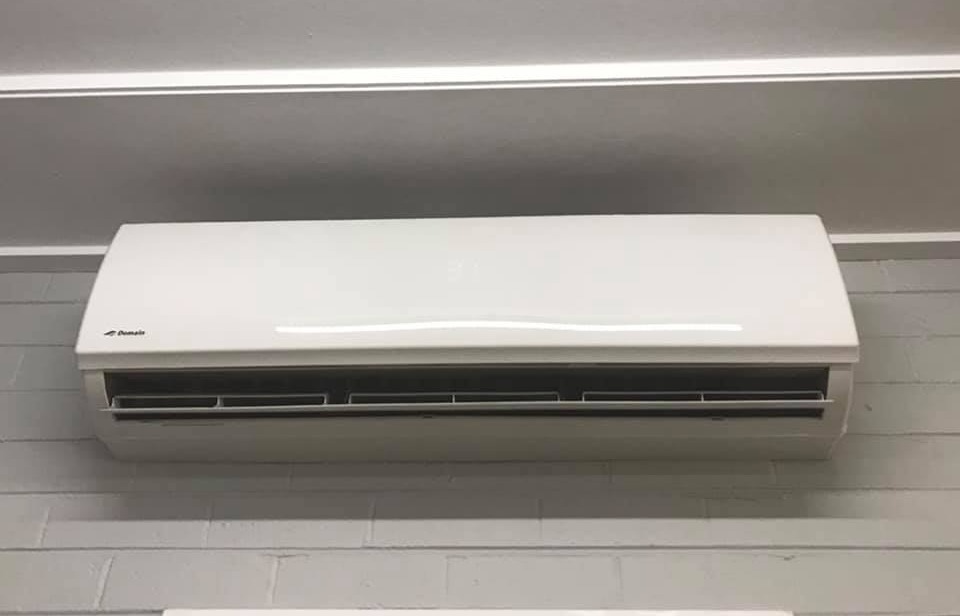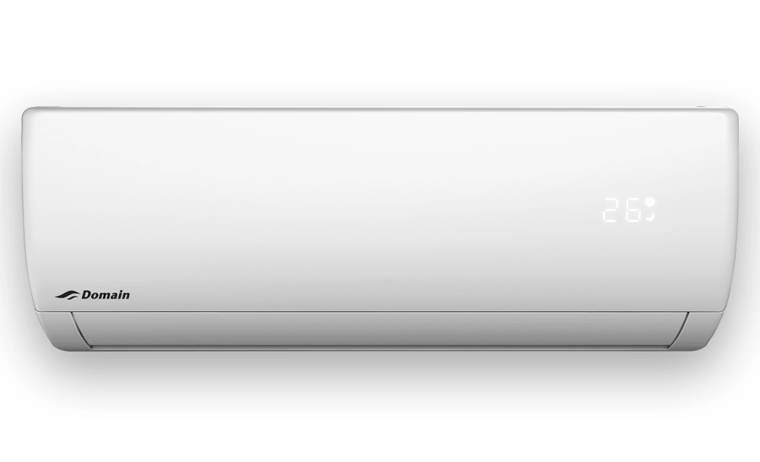Inverter vs. conventional split system: Which is best for you?
If you’re looking to purchase a split system air conditioner, there are some key considerations that will help guide your decision. From the size of the unit to the shape of the room, spending a little time researching and comparing the options is essential to finding the best fit for your home or business.
One of the key decisions you’ll need to make is whether you’ll opt for an inverter reverse cycle split system or conventional split system. While on the surface they seem quite similar, there are some important differences that will impact which option is a better match for your needs.
So to help you make the right call, in this article we’re comparing the two systems to highlight the pros, cons and key differences of each.
Compressor – new vs. old technology
The way the compressor operates is the main difference between the conventional split system and the inverter system, and it affects everything from the noise level to the running costs. In conventional systems, the compressor only has one speed, which means it runs until the optimum temperature is reached then turns off. Then, once the room heats up above the set temperature it turns back on again, switching on and off as needed while the unit is running.
In contrast, the newer technology of the inverter system means the compressor has variable speed functionality, which allows it to maintain the ideal temperature without constantly turning on and off. Not only does this make the inverter more efficient, it also means it is generally much quieter when in operation than the conventional system.
Energy efficiency – which is more efficient?
When it comes to energy efficiency, the inverter is hands down more efficient due to the variable speed of the compressor mentioned above. Unlike the conventional system, the inverter can start at a lower speed, then build up speed to reach the optimum temperature, then reduce the speed to maintain it. The older technology of the conventional system requires more power to run because it needs to switch on and off constantly, which leads to higher energy usage and a bigger electricity bill.
Value – look at the whole picture
When comparing costs and looking for value, it’s important to look at the whole lifespan of your system to get an accurate picture. For example, the inverter generally costs more to purchase, however the operating costs are lower due to the energy efficiency of the variable speed. Conventional split systems on the other hand are more affordable upfront, but they generally cost more to run. They are also unlikely to last as long as a new inverter system due to the older technology, so this is worth considering, especially if your unit will be used for long periods or in a commercial space.
So, is the inverter or conventional split system the best fit?
After comparing the two systems, it’s clear that the inverter split system is ahead in some of the key areas including energy efficiency, running costs and longevity. However, when you choose an inverter, you’ll likely have a higher upfront cost, and this may mean the affordability and simplicity of the conventional system is a better choice.
If you’re on the fence and not sure which way to go, our experienced team is always happy to offer guidance to help you find the right fit. Contact us today for obligation-free advice.

